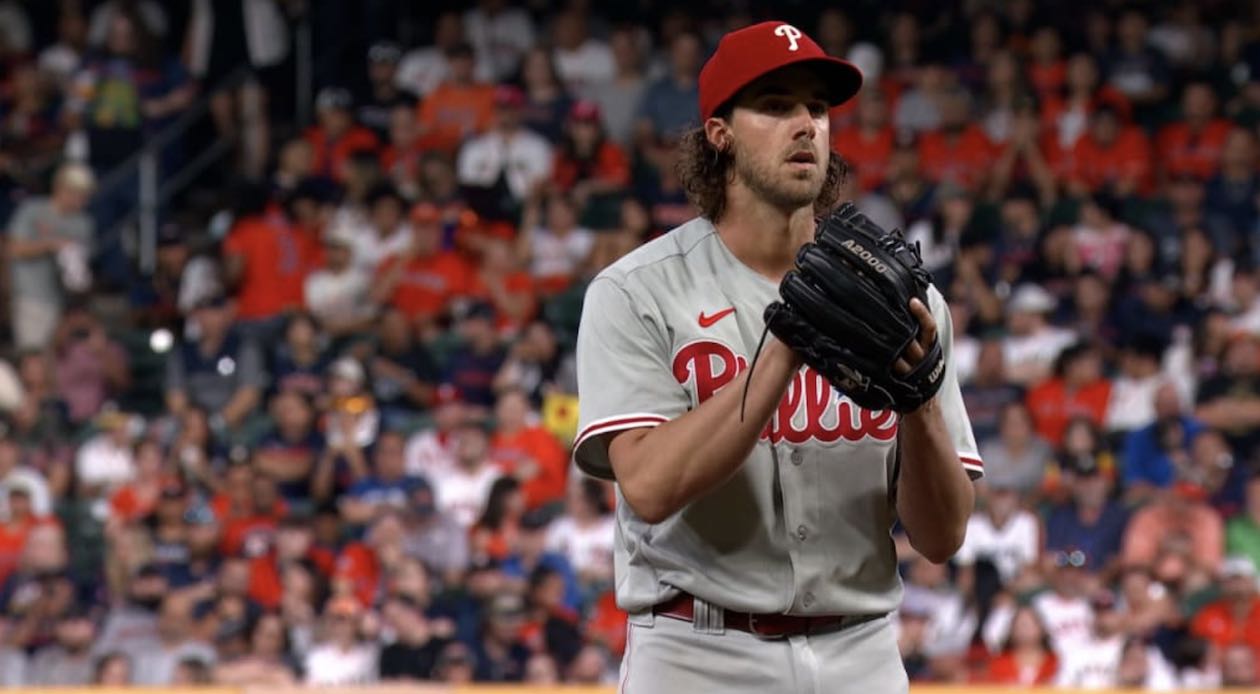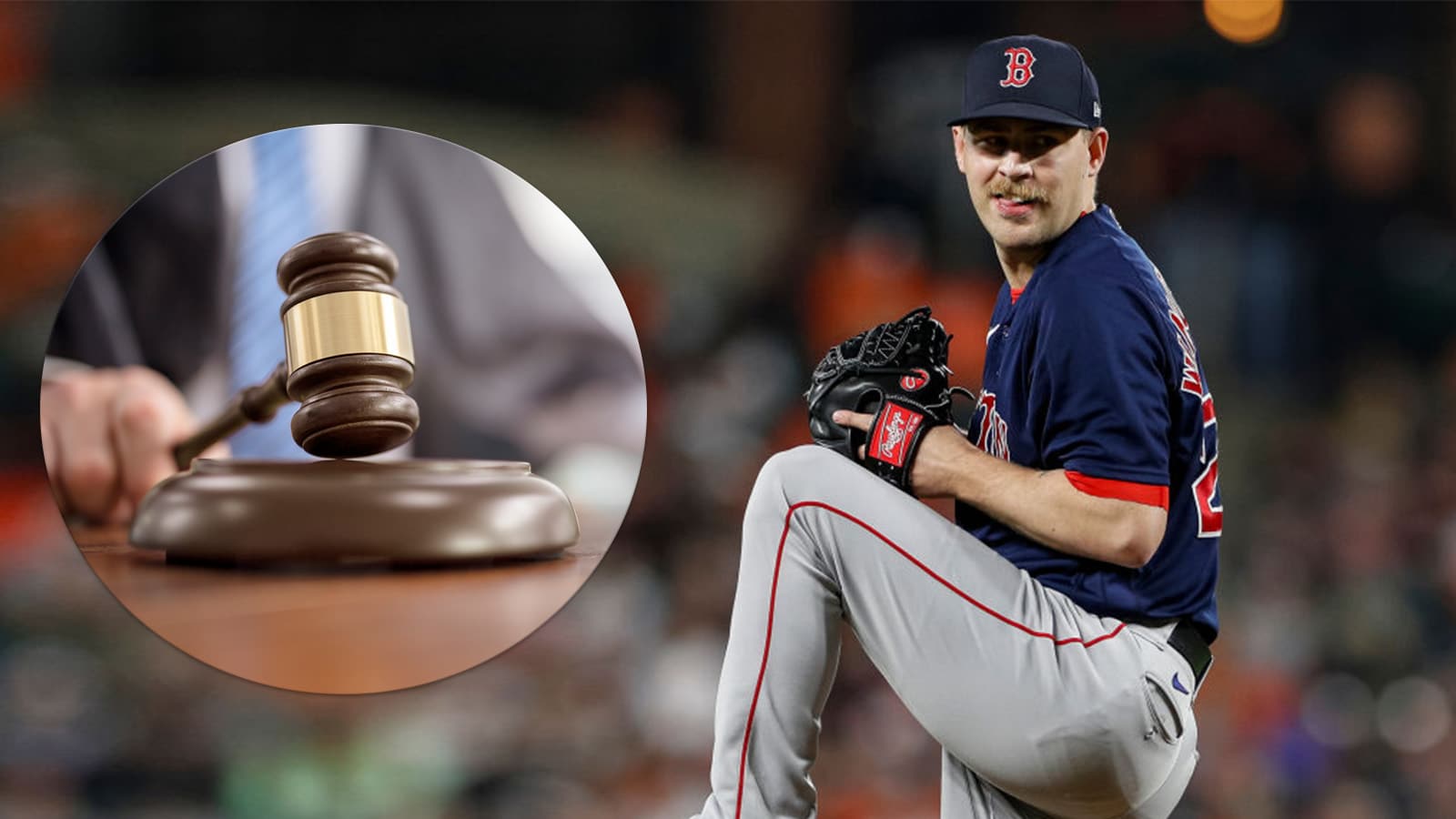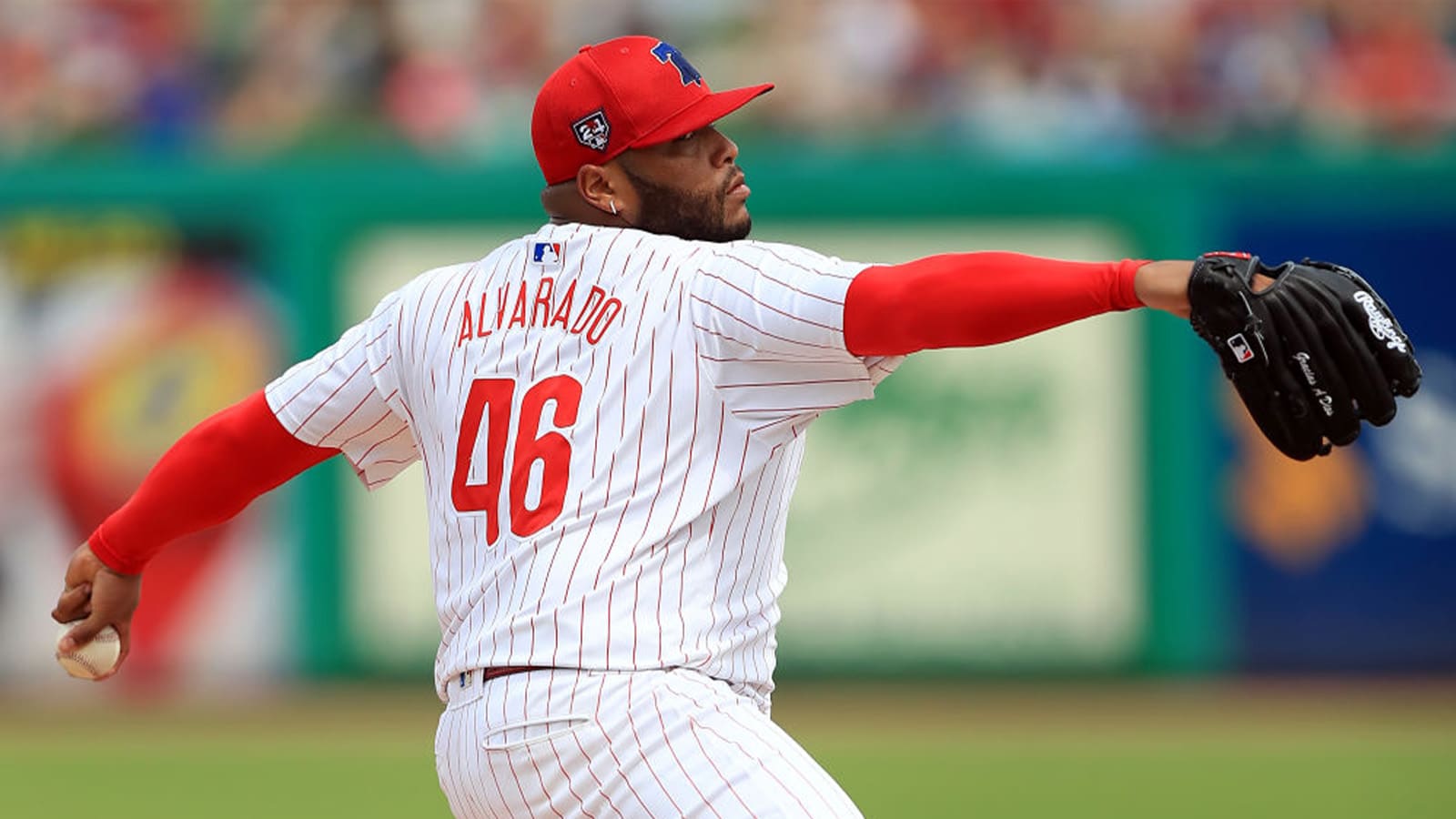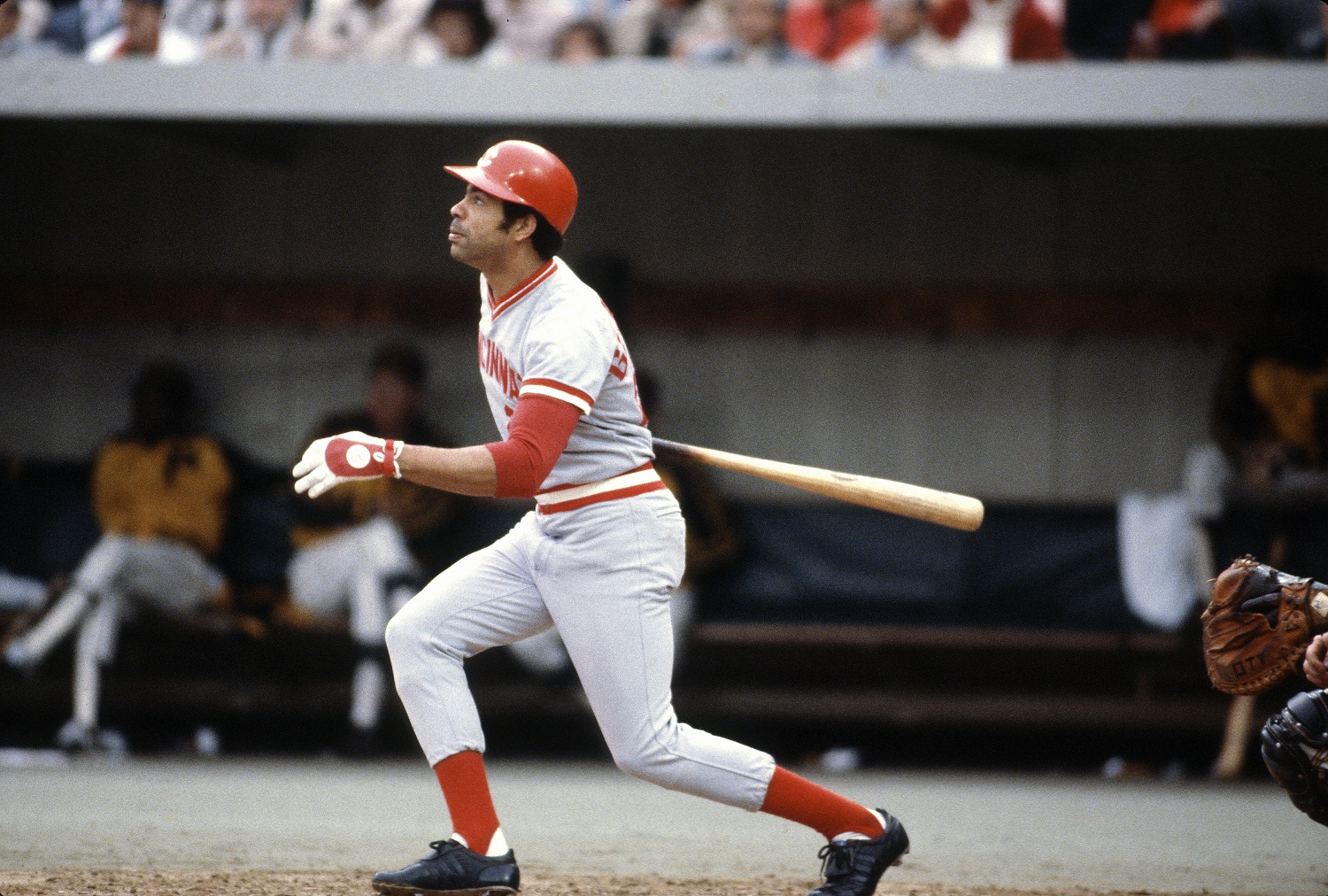
Cincinnati Reds Hall of Famer Cesar Geronimo Twice Found Himself On the Wrong Side of MLB History Against Astronomical Odds
While he may not have been as big of a name as Pete Rose or Johnny Bench or Joe Morgan, Cesar Geronimo was a key piece of the “Big Red Machine,” the Cincinnati Reds unit that won six division titles, four National League pennants, and two World Series titles in the 1970s. But that’s not all the man known as “the Chief” will be remembered for as he was on the wrong side of history on two separate occasions as the 3000th strikeout victim of two of the greatest pitchers of all time.
The MLB career of Cesar Geronimo
Signed by the New York Yankees out of the Dominican Republic in 1967, Cesar Geronimo actually began his career as a pitcher as the Yankees were impressed with his arm. But Geronimo, who didn’t even start playing baseball until he was 17 years old, didn’t take to it and asked New York to end the experiment the following season. He never did get the chance to don the famous pinstripes, at least not at the big-league level, as the Houston Astros took him in the Rule 5 Draft in 1968.
After spending three seasons in Houston, Geronimo was traded to the Cincinnati Reds in 1971 in the same deal that brought future Hall of Famer Joe Morgan to the club. Geronimo hadn’t gotten much of a real chance to shine with the Astros but he quickly became the starting centerfielder for the Reds and made the most of that opportunity.
While Cesar Geronimo was never a big offensive threat, he was a dynamic outfielder and won four consecutive Gold Gloves from 1974 to 1977 and even finished in the top 25 of the National League MVP vote in 1976, the same year Cincinnati won the second of back-to-back World Series titles. “The Chief” recorded the final out of the Reds’ first title, catching a fly ball off the bat of Boston Red Sox legend Carl Yastrzemski in Game 7 of the ’75 Series, a series in which he also hit two home runs.
Geronimo remained with the Reds through the 1980 season and finished his career with the Royals, playing three seasons in a reserve role for Kansas City before retiring in 1983.
In 1,522 MLB games, Cesar Geronimo hit .258 with 51 home runs and 392 runs batted in. He had a career fielding percentage of .988, committing just 35 errors in 15 big-league seasons. He was inducted into the Cincinnati Reds Hall of Fame in 2008.
Cesar Geronimo was the 3000th strikeout victim of Bob Gibson
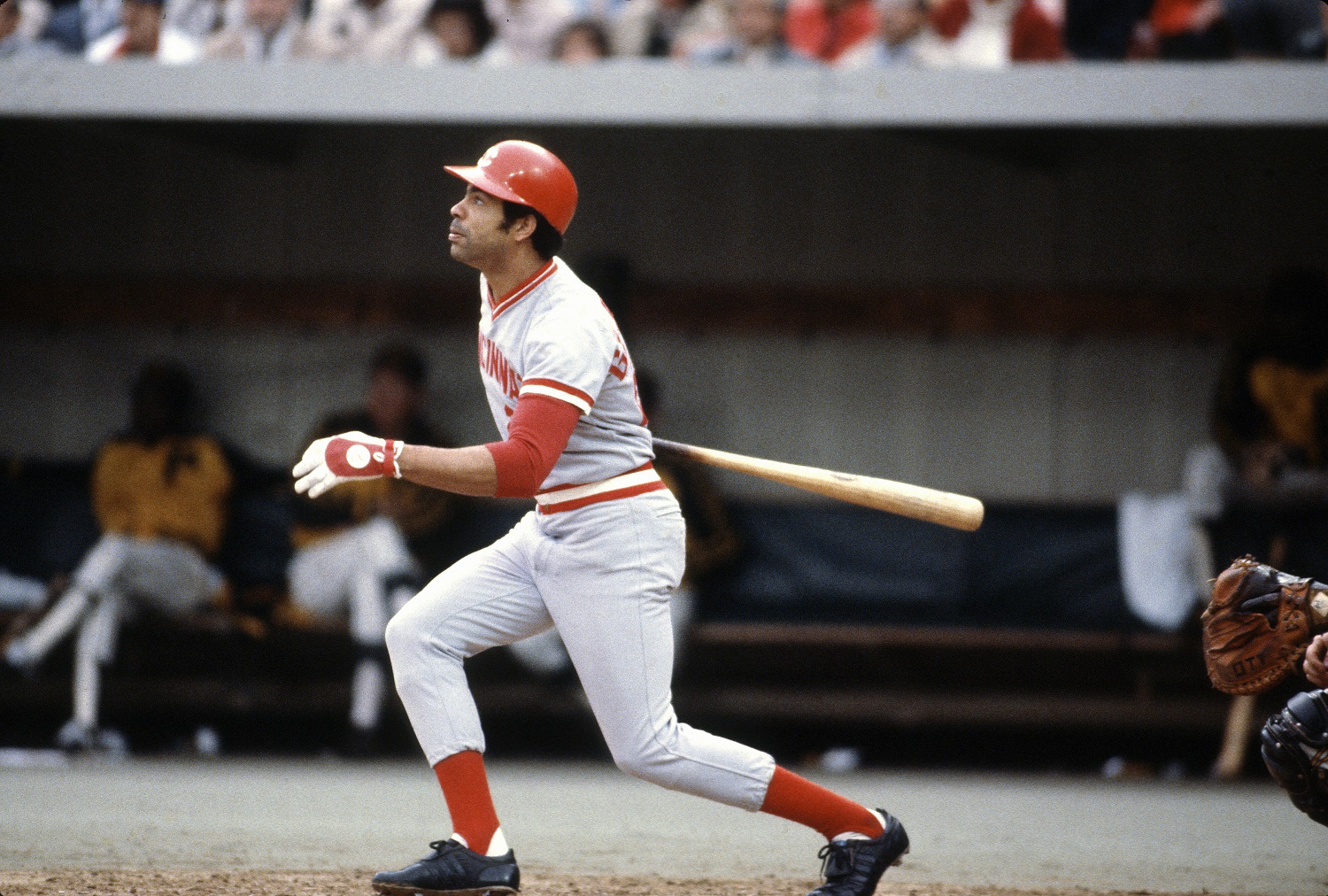
On July 17, 1974, the St. Louis Cardinals hosted the Reds with future Hall of Famer Bob Gibson needing just one strikeout to become only the second pitcher in MLB history and the first in the National League to record 3,000 punchouts. And Gibson didn’t have to wait long. In the top of the second inning, Cesar Geronimo stepped to the plate for Cincinnati and joined 2,999 others in being mowed down by the two-time World Series MVP. Gibson would retire the following year with 3,117 strikeouts, which is still good for 14th on the all-time list, and is one of just 18 players to get to 3,000.
As for Cesar Geronimo, he’d be number 3000 for another one of those 18 six years later.
He was number 3,000 for Nolan Ryan in 1980
Six years after being the 3000th strikeout victim of Bob Gibson, Cesar Geronimo found himself on the wrong side of history for a second time in 1980, this time against the man who would become the all-time MLB strikeout king, Nolan Ryan. Ryan was with the Astros then and Houston was visiting Cincinnati for an Independence Day matchup with the Reds.
Ryan was sitting at 2,997 coming into the game and got two quick ones, fanning Ken Griffey Sr. and Dan Driessen in the bottom of the first. Yet again, Cesar Geronimo came to bat in the second inning and became strikeout victim number 3,000. But at least he had a good sense of humor about it afterward (h/t BaseballHall.org).
“I was just in the right place at the right time.”
Cesar Geronimo
Seeing as how the odds are just insane, Cesar Geronimo is obviously the only man to be the 3000th strikeout victim of two different pitchers.
